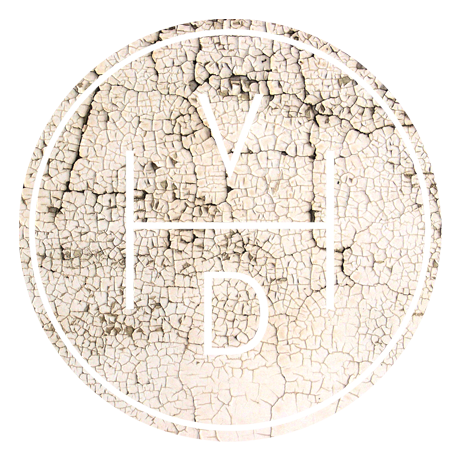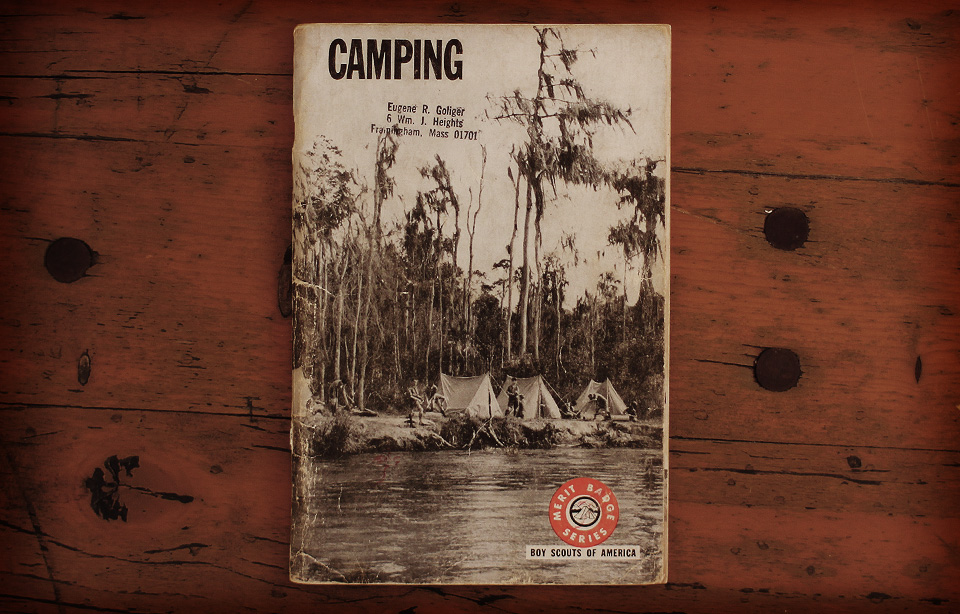Sausage Stew and Dumplings
Stew is one of my staple outdoor dishes; it's very hard to mess up and the results can be spectacular. This time however, I wanted to up the stew ante and nudge my culinary comfort zone a little further by taking on the mighty dumpling.
Ingredients
For the stew
- 6 Really good sausages (I normally go for something herby and porky, preferably from a good butcher)
- 2 Large white onions, roughly chopped
- 2 Large carrots, sliced
- 10 Small new potatoes, chopped in half
- 1 Pint of stock (I used a couple of beef stock cubes)
- 1 Can of cheap beer
- 1 Bottle of expensive cider
- Worchester sauce
- Thyme
- Oil for cooking (something with a high burning temperature, sunflower is fine)
For the dumplings
- 1 Cup of self raising flour
- 1 Egg
- 50g Cold butter cubed
- 1 Tbsp chopped parsley
- 1 Tbsp chopped thyme
- ¼ Cup of milk
Method
I cooked my stew on a campfire in a suspended Dutch oven, it needs to cook for several hours so make sure there are sufficient coals. I started with a big hot fire with slow burning wood and let it burn down. You can, of course vary the height of the oven and even cover it in coals if the heat is needed.
Sautéing and Grilling
1. Lightly heat the Dutch oven and add the oil. Sauté the onions, do not let them brown - they should soften and go translucent.
2. While the onions were cooking, I put the sausages on a rack directly over the flames to seal and brown the outside. They don't need to cook through as this will happen later. I managed to tilt the grill in such a way that the oil and juices went into the Dutch oven for extra flavour.
3. Once the sausages are browned add them to the onions and pour in the stock, beer and cider. I added a good spoonful of thyme and a few good glugs of Worchester Sauce. Give it all a good stir and bring the oven to the boil, cover and simmer for 45 minutes.
4. By now the broth should be coming together nicely and slowly reducing. Add the vegetables and return the stew to the heat, give it a good stir and cover, then cook for another 30 minutes. Mix up the dumplings.
5. To make the dumplings, pour the flour into a large bowl, add the butter and rub it in until it resembles breadcrumbs.
6. Add the herbs and the egg, and mix with your hand, adding just enough milk so that the mixture comes together in a sticky dough.
7. Check the stew, it should have reduced considerably making a thick, rich gravy; if it is too dry add a little water or stock. Give it another stir and then add large spoonfuls of the dough directly onto the top of the stew. Try and place them a few centimeters apart as they will puff up as they cook. Replace the lid on and cook for another 15 minutes.
8. Check the stew. The dumplings should have puffed up and increased in size and the stew should be thick and rich. I prefer the top of my dumplings to be crispy so I buried the Dutch oven in coals and blasted it for another five minutes.
9. Then it is done. Serve quickly and eat heartily.
Stew and Dumplings Finished and Ready to Serve
The stew is hefty and flavorsome, the dumplings sticky, doughy and morish. Shared between two we were both stuffed and had enough for lunch the day after. I'm not sure why I was so fearful of campfire dumplings, they were foolproof and a simple way of getting a delicious and filling bread course to my stew, with little effort.
























